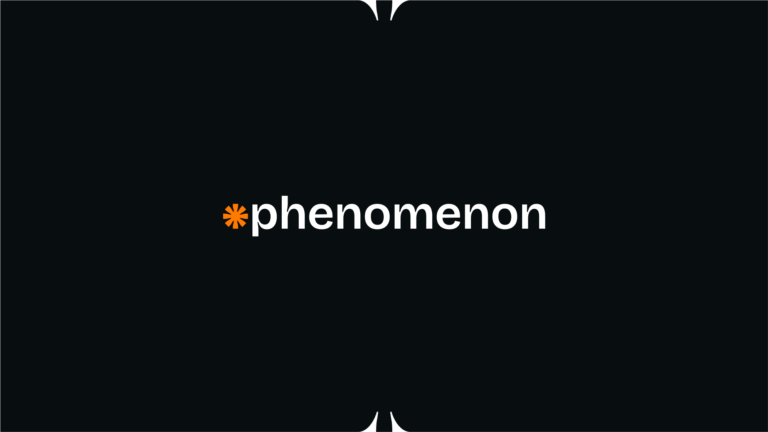Teresa Fidlago: The Story Behind the Legend
Teresa Fidlago is a name that has captured the imagination of many, especially those fascinated by urban legends and eerie stories from the internet. Although it might seem like a genuine haunting tale, Teresa Fidlago is not a real person but a fictional character created to intrigue, scare, and mystify audiences. Her story combines the allure of mystery with modern digital folklore, making it one of the most discussed legends online.
Origins of Teresa Fidlago
The story of Teresa Fidlago originated in Portugal, the homeland of filmmaker David Roberdão, who played a central role in popularizing her legend. According to various accounts, Teresa Fidlago was introduced to the public through a short film and accompanying online content, crafted meticulously to look authentic. The film depicted a young woman, Teresa, who tragically died in a car accident and whose spirit allegedly haunted those who viewed her story.
What makes this legend particularly compelling is the blending of traditional storytelling with digital media. Roberdão used elements familiar to internet users, such as video messages, chat interactions, and social media threads, to create a sense of realism around the character. This approach caused many viewers to initially believe that Teresa Fidlago might have been a real person.
The Viral Spread
One of the reasons Teresa Fidlago became so widely known is the way the story spread online. Similar to other internet-based legends, her tale was shared through forums, social media, and viral videos. Users contributed their own experiences, fabricating encounters with Teresa’s spirit or sharing “evidence” of her presence. This participatory element helped the legend grow, as each story added layers of detail and increased the sense of mystery surrounding her.
The legend’s viral nature also sparked debates about internet hoaxes and digital storytelling. Many people questioned the authenticity of Teresa Fidlago’s story, while others were drawn in by the suspense and mystery. In either case, the story highlights the power of online communities to shape and amplify modern myths.
The Role of David Roberdão
David Roberdão, a filmmaker from Portugal, is the creative mind behind Teresa Fidlago. His work showcases a talent for merging cinematic storytelling with internet culture, creating experiences that feel immersive and real. By using realistic visuals, authentic-sounding messages, and social media-style storytelling, Roberdão crafted a narrative that blurred the lines between fact and fiction.
Roberdão’s approach to storytelling with Teresa Fidlago demonstrates how traditional filmmaking techniques can be adapted for the digital age. The story is not just about the character; it’s about creating an experience that draws audiences into her world. This technique has influenced other online legends and horror stories, where the interaction between digital media and storytelling plays a crucial role.
Understanding the Legend
Teresa Fidlago is an example of how modern folklore can develop in the digital era. Unlike traditional legends passed down orally, internet-based stories can reach millions instantly. They evolve quickly as users contribute new content or reinterpret the story in their own ways. In the case of Teresa Fidlago, the combination of a tragic backstory, multimedia storytelling, and viral sharing made the legend particularly compelling.
The legend also raises questions about belief, reality, and the power of suggestion. Many viewers experienced a sense of fear or unease while exploring the story, even knowing it was fictional. This demonstrates how carefully crafted narratives can have a strong emotional impact, particularly when they use familiar formats like videos, social media posts, and messaging apps.
Teresa Fidlago in Popular Culture
Over the years, Teresa Fidlago has influenced not just online communities but also broader pop culture. Her story has inspired fan art, online role-playing, and even references in other media, including short films and web series. The legend demonstrates how a fictional character can transcend the original medium and become a cultural touchstone, particularly among young audiences who consume media primarily online.
The cultural impact of Teresa Fidlago also illustrates how digital folklore differs from traditional myths. While myths often evolve over centuries, online legends can gain traction in a matter of weeks or months. This rapid spread is fueled by social sharing, curiosity, and the interactive nature of the internet.
Lessons from the Legend
Teresa Fidlago’s story offers several insights into modern storytelling and digital culture. Firstly, it shows that audiences are drawn to immersive, interactive narratives that feel real. Secondly, it demonstrates the power of collaboration and participation, as online communities play a key role in shaping the legend. Lastly, it highlights the blurred boundary between fiction and reality in the age of the internet.
Creators and storytellers can learn from Teresa Fidlago by understanding how to craft believable stories, use multimedia effectively, and engage audiences in participatory storytelling. The legend reminds us that even fictional tales can have a profound emotional impact when presented convincingly.
Conclusion
Teresa Fidlago may not be a real person, but her story is very real in terms of its cultural impact and influence. Created by David Roberdão, the legend showcases the possibilities of digital storytelling and the enduring appeal of mysterious, haunting narratives. By blending realism with fiction and inviting audience participation, the story of Teresa Fidlago has become a notable example of modern internet folklore.
Her tale continues to inspire curiosity, creativity, and even fear, proving that even entirely fictional characters can leave a lasting mark on the digital world. Whether viewed as a cautionary story, an entertaining legend, or a study in digital culture, Teresa Fidlago represents the intersection of imagination, technology, and storytelling in the 21st century.





